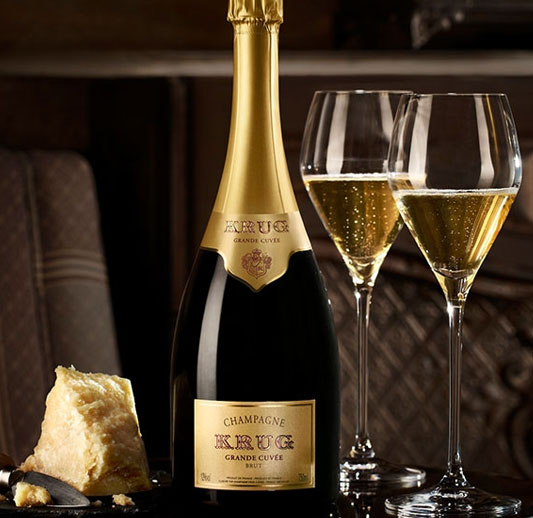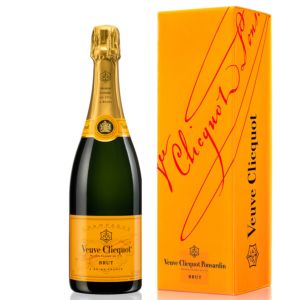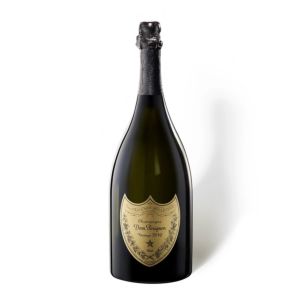To offer you a better experience, this site uses profiling cookies, even from third parties. By continuing to browse our site you accept our cookie policy. Find out more.
Drink of aristocrats

Champagne is an alcoholic drink, which is if not the most popular today, then one of the noblest drinks, which personifies the world of luxury and prosperity. The history of the creation of champagne goes back to the province of Champagne, the southeast of France. This land has long been famous for its art of winemaking. In France it is customary to call wine by the name of the province, so the sparkling wine got its name.
The first mention of sparkling wine falls at the end of the 17th century. It was when the monk Dom Perignon demonstrated his creation. However, other sources say that champagne was produced long before it. Nevertheless, it is necessary to note the role that Don Perignon played in improving this drink and production technologies. He kept the whole process in strict confidence. Only a few years after his death, the secrets were made public. Since the popularity of champagne has risen sharply in France and far beyond, it was extremely important that winemakers receive special instructions for the proper production of the drink. Special royal inspectors followed the process of making champagne to maintain the level and class of the drink.
To this day, real champagne is produced only in the province of Champagne, 130 kilometers from Paris. The production of champagne is a real art. For this drink, only the best grape varieties are selected by hand. It is believed that the classic blend must consist of three varieties of grapes. The bottles in which champagne is bottled must have a certain thickness of glass, color and shape. To date, 7% of bottles that have a certain size are handled by hand. "Devil's Wine" or "Devil's Drink" - the so-called champagne, due to the fact that many barrels, and later the bottles exploded because of an incorrect spill.
The widow of Clicquot, the wife of the late winemaker Philip Clico, perfected the process of keeping the bottles. Her workers controlled the location of the bottles, they also froze them, and later they took out pieces of ice with a deposit of bottles. It was the widow Clicquot, who spread champagne far beyond France. Thus, champagne came to Germany in the 1830s, and to Russia in 1814.
Another interesting fact about the first bottles of champagne are labels. Many manufacturers tried to draw bright labels to attract customers' attention. Because of the lack of copying machines, all labels were drawn manually, so the price for such work was high. Maybe this explains the high cost of champagne. There are even rumors that Picasso was involved in the work on the labels. However, such extravagant methods of the French were not evaluated in England, where the importation of champagne was banned. In order to avoid losses, the French manufacturers refused such colorful labels. Even today, you can see only the name of champagne and a small symbol of a particular company.
Champagne is an excellent addition to the celebrations! It is truly a drink of aristocrats! Everyone who would like to touch the world of luxury and feel that unique taste directly from France can order and discover the assortment of champagne on our website www.bregner.com in the section Gastronomy.


